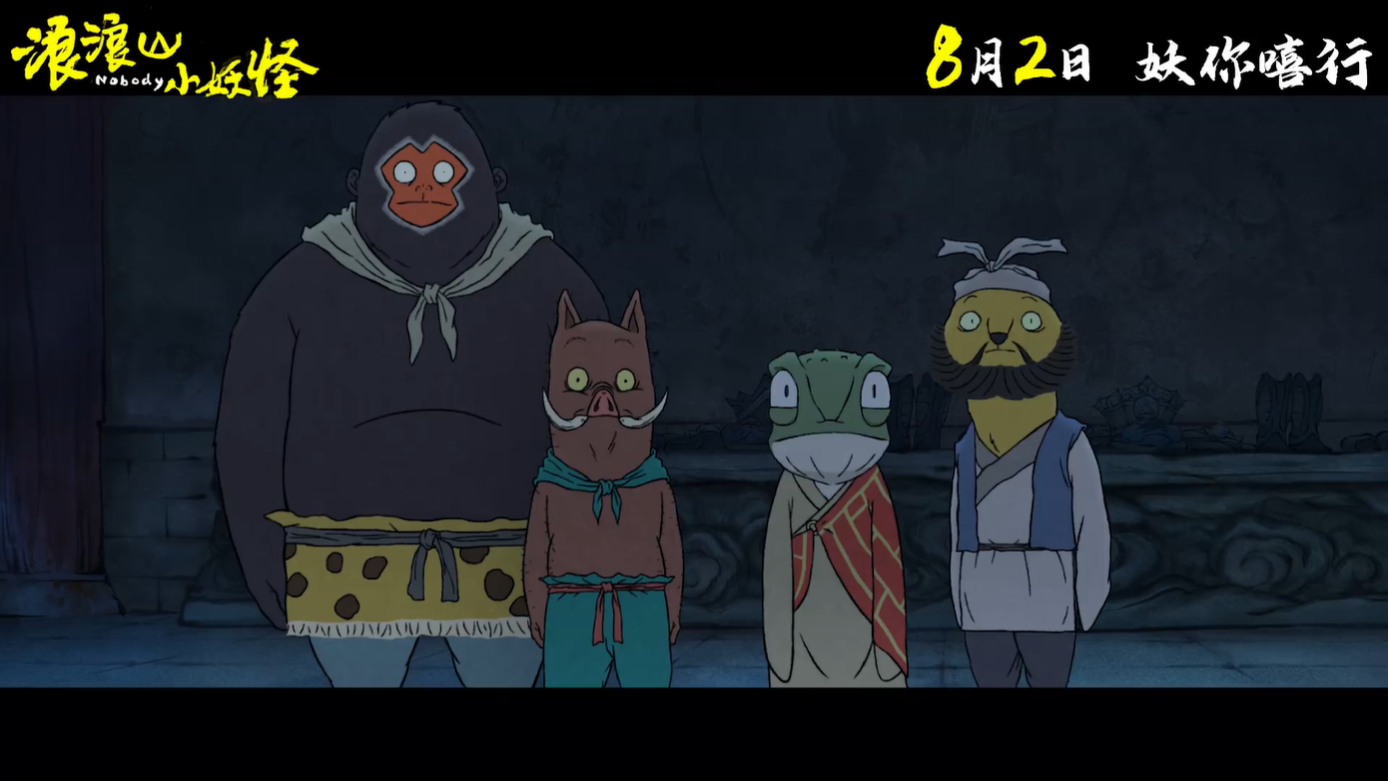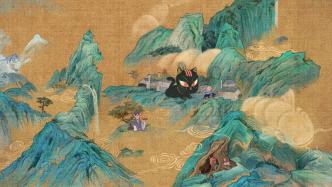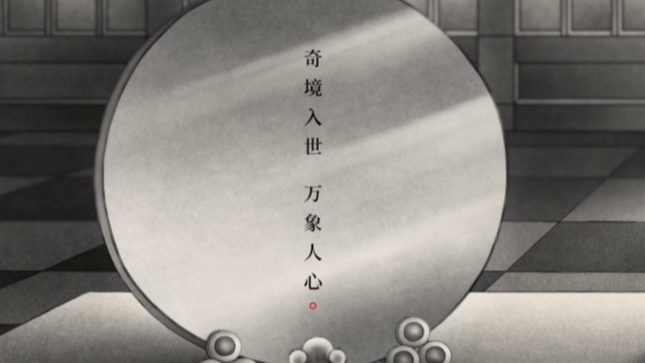
More good news for the "Tales of China Universe". On November 15th, at the 2025-2026 Bilibili National Animation Works Conference, the Chinese fantasy animated short film collection "Tales of China 2", co-produced by Shanghai Animation Film Studio, Shanghai Film Studio, Bilibili, and Chen Liaoyu Studio, officially announced its release date. It will be exclusively launched on Bilibili on January 1, 2026, and a release poster and trailer were also released. At the conference, the diverse styles and brand-new characters of the nine animated short films left a deep impression on the audience, collectively constructing a fantasy world full of Chinese imagination.

A bronze mirror reflects all things; it enters the heart to reveal the true self.
As a brand-new chapter in the "Chinese Tales" series, "Chinese Tales 2" continues the core of Chinese aesthetics, imagination, and traditional culture, while further expanding the boundaries of narrative and artistic expression. The official poster, deeply rooted in Eastern aesthetics, cleverly utilizes the imagery of an ancient Chinese bronze mirror. The landscape relief on the mirror's surface forms a flowing narrative scroll—a mother stands quietly atop a wave, sending her longing to the vast ocean; a chivalrous swordsman, his robes fluttering, is about to embark on a journey; a zoo bear walks on a rope, leading a butterfly that seems about to take flight, and upon closer inspection, reveals a human-shaped silhouette; three small snakes encircle an ancient temple; a piglet stands on a train, seemingly searching for its way home; the mythical figure Xing Tian roars to the sky from a reef, while elsewhere in the scene, an old man leisurely sits on a horizontal bar, creating a clever dialogue between tradition and modernity. The landscape, carrying the story, unfolds from this mirrored world, reflecting reality and guiding the audience from the surface to the core, allowing them to see their true selves.
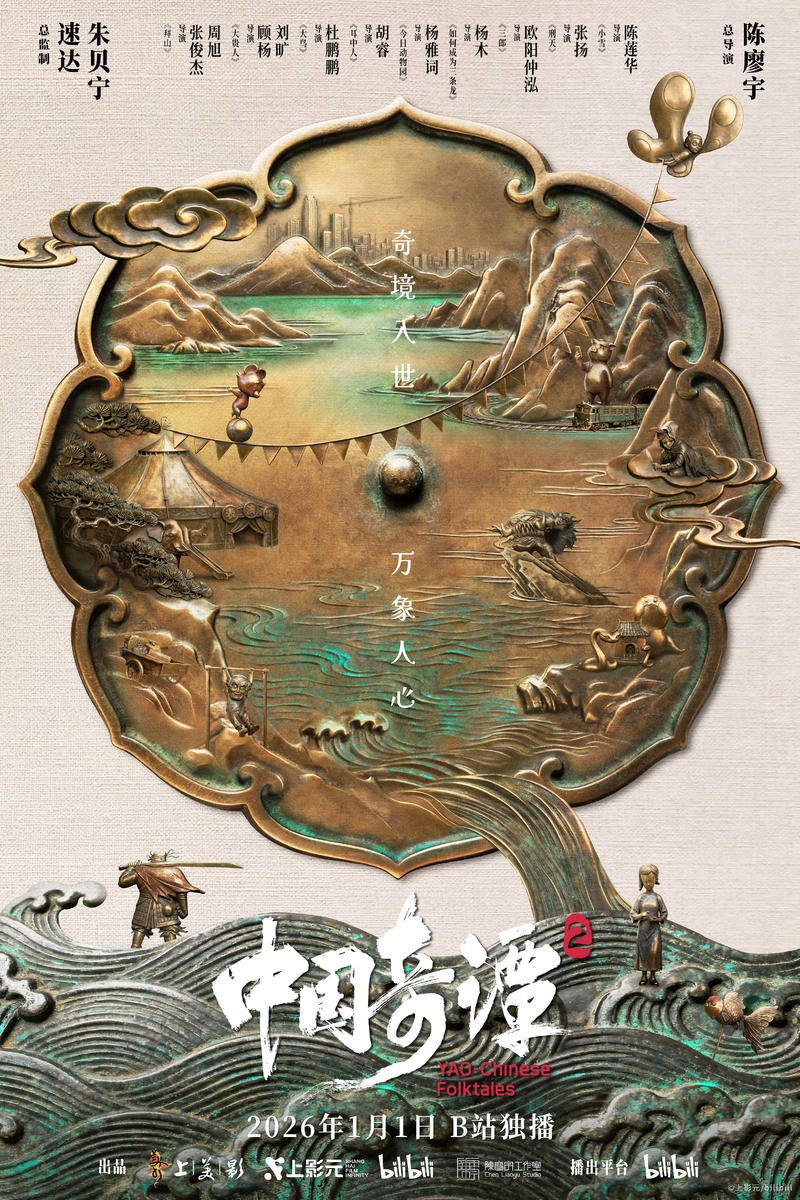
Poster for the film "Chinese Fantastic Tales 2"
The simultaneously released trailer begins with the gazes of the characters in the film. Through their astonished, bewildered, or worried eyes, viewers are able to glimpse nine distinct and bizarre worlds. Seemingly independent stories merge into one through layers of progressively unfolding emotions, hinting at the theme of "Wonderland Enters the World, Myriad Aspects of the Human Heart"—what is real? What is illusion? Perhaps only by personally stepping into this "fantastic" world and encountering different versions of oneself within it can one find the answer.
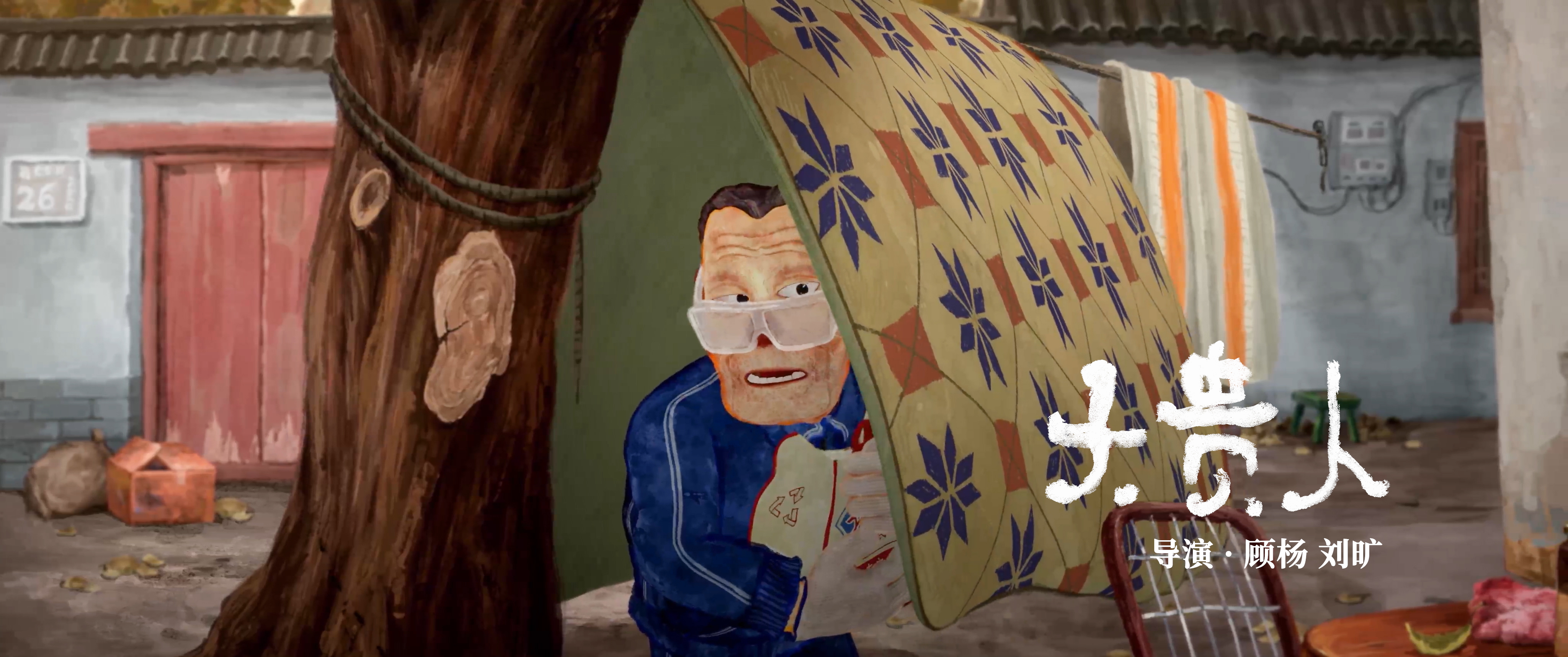
Poster for "The Great Nobleman"
Fantasy aesthetics expands to new dimensions; real-life allegories illuminate the human heart.
"Chinese Fantastic Tales 2" boasts a creative team of 12 directors who collaborated to create nine animated short films of diverse styles. The series features both returning original cast members and fresh talent, collectively expanding the artistic boundaries of the "Fantastic Tales Universe." Directors from the first season deliver new works, achieving artistic breakthroughs while maintaining their personal styles: Chen Lianhua, following her paper-cut animation "Xiaoman," innovatively employs felt stop-motion animation in "Xiaoxue," using gentle materials to explore the subtle boundaries between familial affection and control; Hu Rui continues the ink-wash sketching and blank-space techniques of "Goose, Goose, Goose," sketching a bizarre and mysterious dreamscape of desire in "The Man in the Ear."
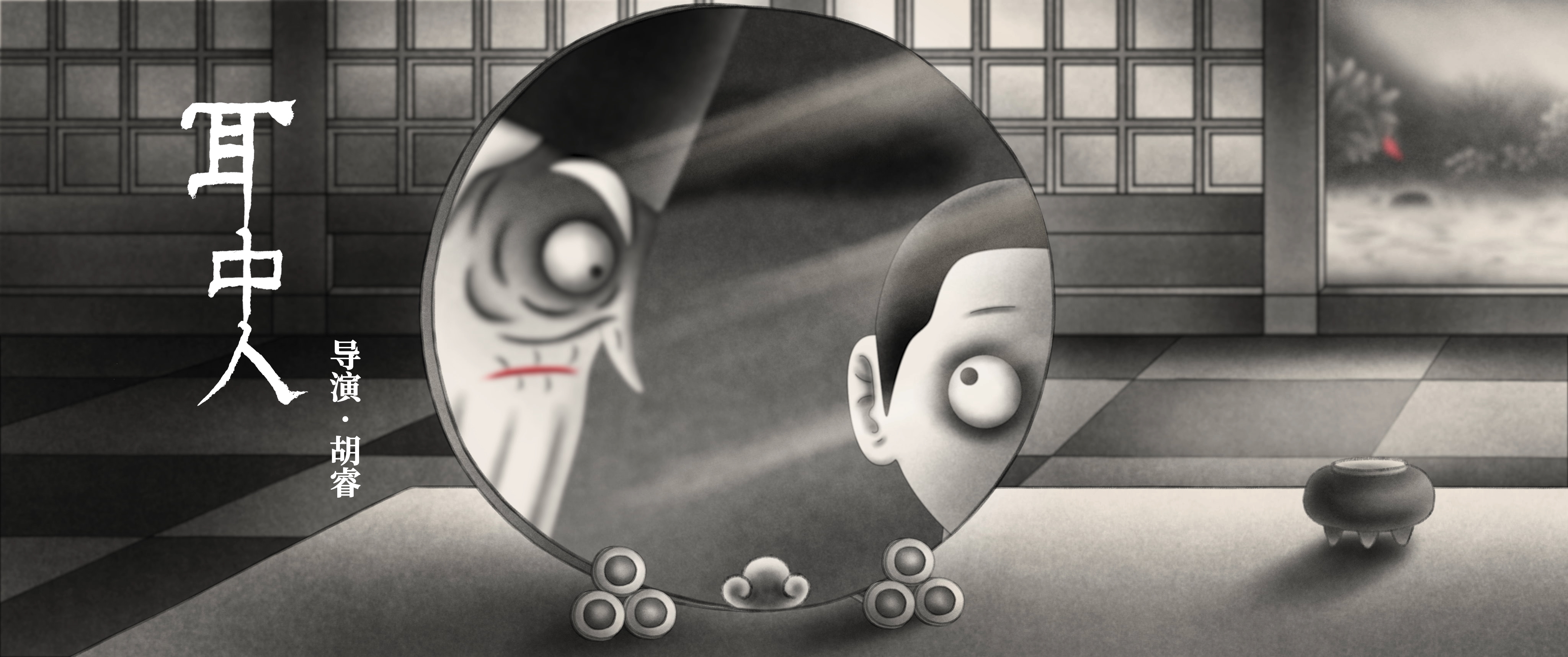
Poster for "The Man in the Ear"
Yang Mu, who once showcased his animation skills in the 3D animation "Lin Lin", has now turned to a meticulous and bright Chinese cartoon style in the 2D animation "How to Become Three Dragons", delicately depicting the growth process of three little snakes on their path to immortality; following "The Convenience Store", Gu Yang and Liu Kuang once again use warm and healing watercolors to perform a fantasy and heartwarming comedy that takes place in a Beijing hutong.
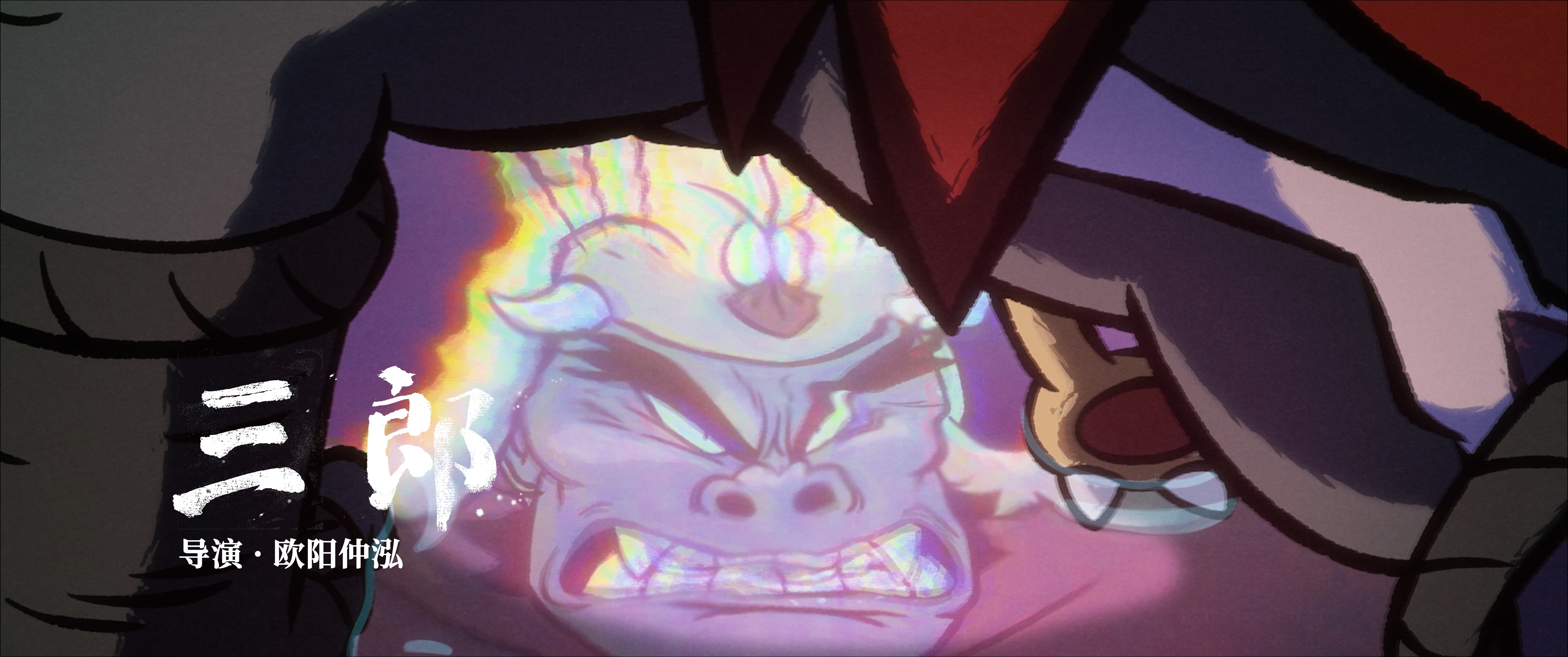
Poster for "Sanlang"
The newly added directors have injected more diverse artistic expressions into the series: Du Pengpeng's "The Big Bird" tells a story about redemption and protection in a dark fairy tale style; Ouyang Zhonghong's "Sanlang" combines desert martial arts with science fiction elements to show the predicament of the martial arts world in the face of self-obsession; Zhang Junjie and Zhou Xu's collaboration "Paying Homage to the Mountain" shuttles between the fantastical and realistic Hakka culture and the modern city to explore the bond between people and their hometown; Yang Yaci's "Today's Zoo" presents the world of "working animals" with retro picture quality and pseudo-documentary style in a humorous and sharp way; Zhang Yang's "Xingtian" combines 3D technology with hand-drawn texture to reinterpret the epic aesthetics of ancient mythology in a rough and realistic style.

Poster for "Minor Snow"
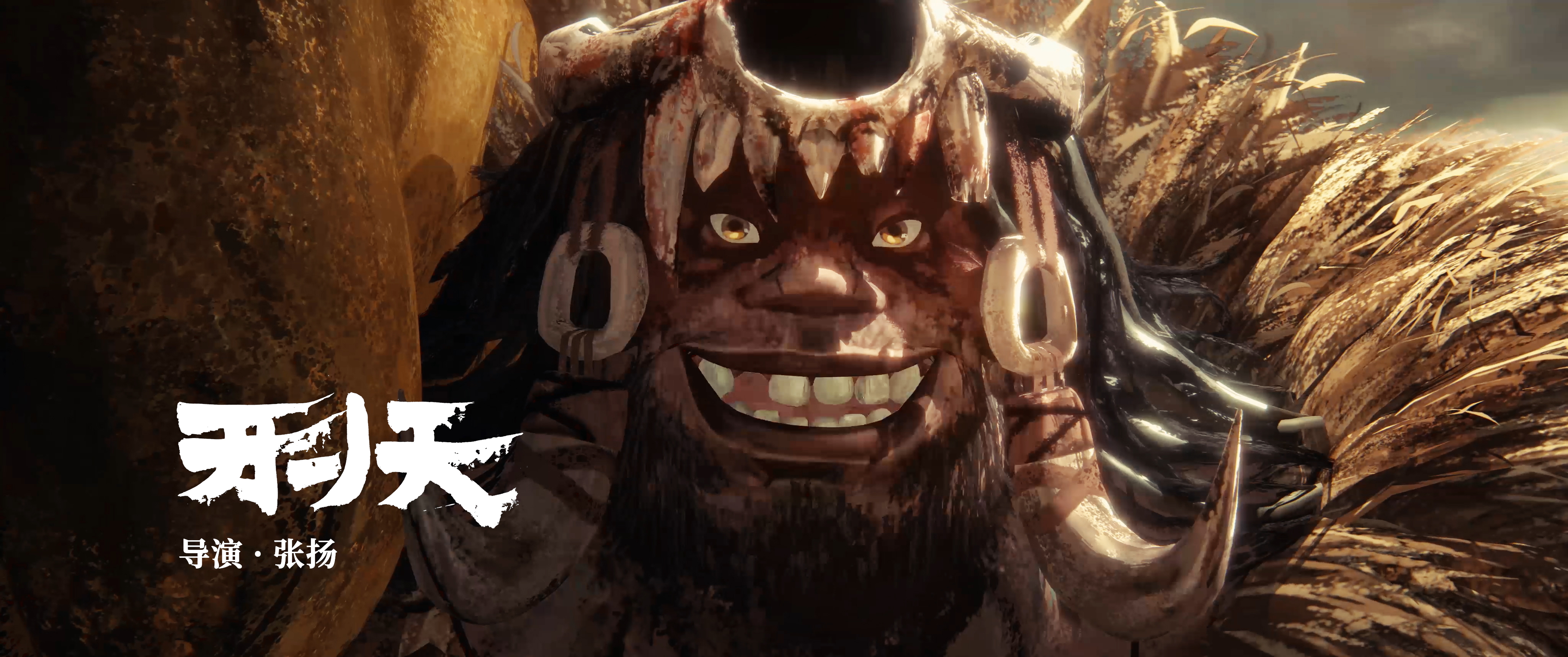
Xingtian poster
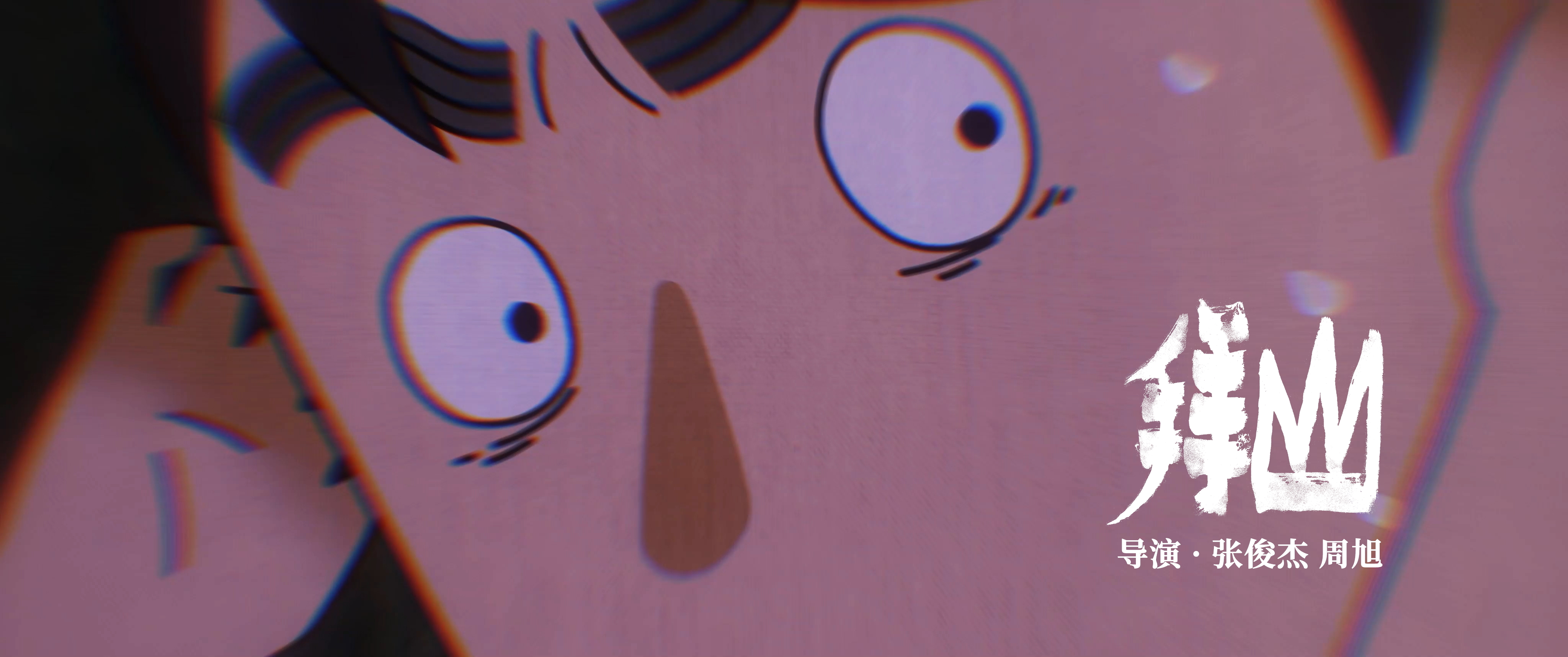
Poster for "Paying Homage to the Mountain"
On the thematic level, *Chinese Fantasy Tales 2* creates a series of allegorical stories deeply rooted in the Chinese cultural context through diverse narrative perspectives, including blending ancient and modern elements and using fantasy to depict reality. Whether it's supernatural tales, everyday life in the city, or imaginative new worldviews, all nine works use a unique aesthetic language to reflect contemporary issues such as self-identity, intergenerational emotions, and ideal choices. Viewers will follow the animation's guidance to re-examine their connections with themselves, others, and society, finding resonance in the fantastical plots and seeing their own truth reflected in the mirror of the allegories.
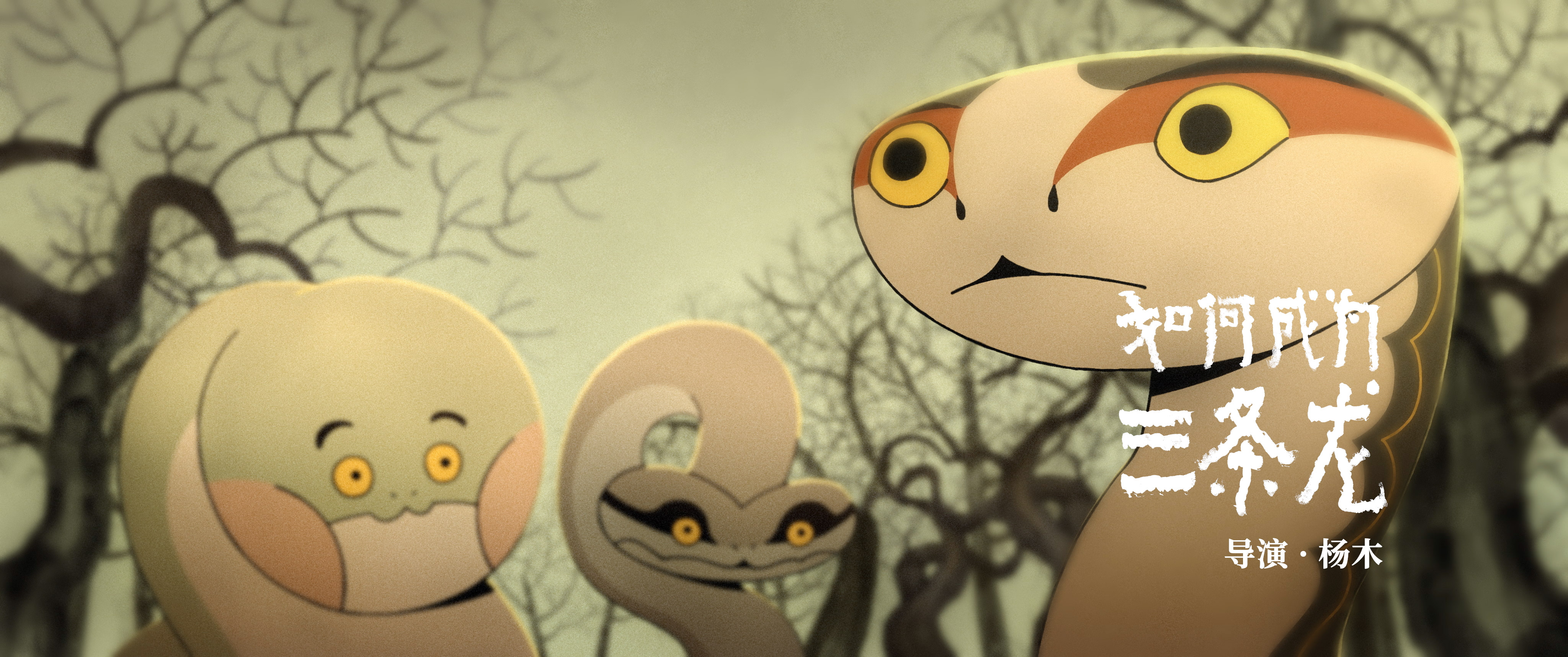
Poster for "How to Become Three Dragons"
In his presentation, Director Chen Liaoyu stated that this season's production will blend traditional and modern aesthetics with unique imagination to tell stories rooted in the Chinese context. Executive Producer Li Zao added that the new season will focus more on reflecting on and responding to real-world issues.
The Fantastic Universe continues to grow, and Chinese original animation is developing systematically.
Since its premiere in 2023, the "Chinese Fantastic Tales" series has gradually built a "Fantastic Tales Universe" IP with sustainable vitality and expansion potential. Based on diverse aesthetic styles and profound cultural heritage, the series continuously expands the boundaries of its content themes and artistic expression through independent yet interconnected stories, demonstrating its dual potential in content depth and IP commercial value.

Poster for "Today's Zoo"
In terms of IP development and operation, "Qitan Universe" actively explores a series of diversified content incubation models, committed to providing an open platform for animation creators to experiment with aesthetics and explore narratives. Simultaneously, through derivative licensing, cross-industry collaborations, and live-action entertainment, it continuously extends the IP's value chain, gradually building a complete ecosystem from short film development to long-term operation. This exploration not only enriches the style and thematic dimensions of original Chinese animation but also provides valuable reference for the systematic development of domestically created IPs, contributing to the inheritance and innovation of the Chinese animation school in the new era.
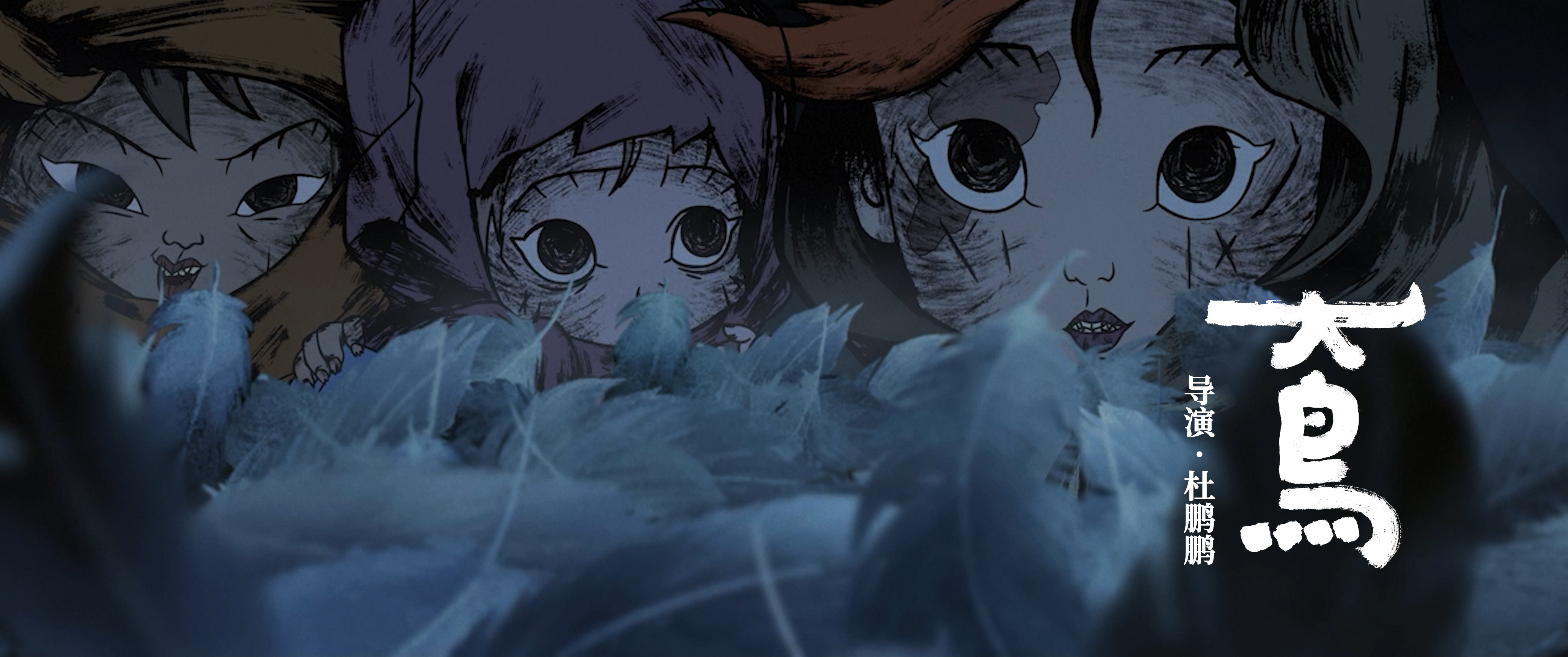
Poster for "The Big Bird"
"Chinese Fantastic Tales 2" is a joint production of Shanghai Animation Film Studio, Shanghai Film Yuan (Shanghai) Cultural Technology Development Co., Ltd., Shanghai Kuanyu Digital Technology Co., Ltd., and Chen Liaoyu Studio. Su Da and Zhu Beining serve as executive producers, Chen Liaoyu serves as director, Wang Jun, Li Zao, Li Ni, and Cui Wei serve as producers, and Wang Jun, Li Zao, Zhang Shengyan, and Cui Wei serve as executive producers.
The main creators of the nine short films are as follows:
Directors of "Paying Homage to the Mountain" are Zhang Junjie and Zhou Xu;
Directors of "The Great Nobleman" are Gu Yang and Liu Kuang;
Du Pengpeng, director of "The Big Bird";
Hu Rui, director of "The Man in the Ear";
Yang Ya-ci, director of "Today's Zoo";
Yang Mu, director of "How to Become Three Dragons";
Ouyang Zhonghong, director of "Sanlang";
Zhang Yang, director of "Xingtian";
Chen Lianhua, director of "Xiaoxue";
*Short films are arranged in alphabetical order.

